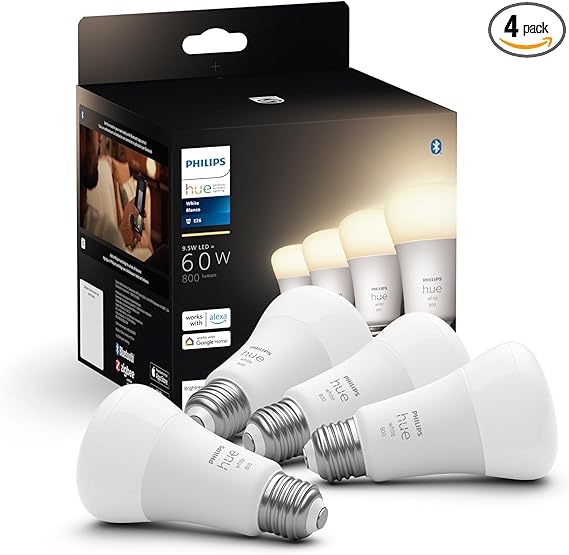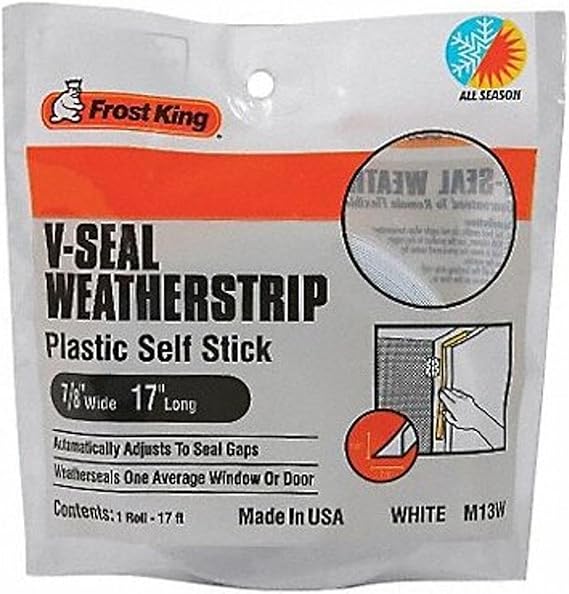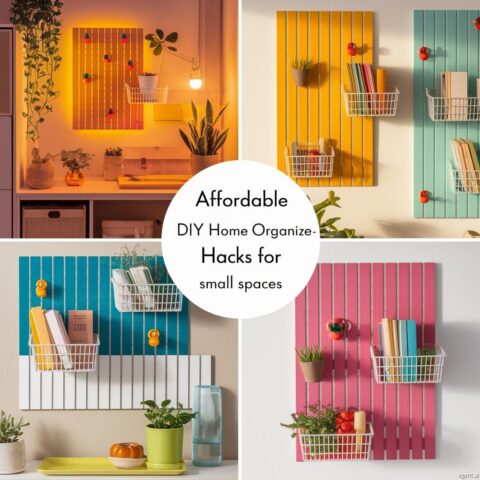Why Energy Efficiency Matters Now More Than Ever
Power expenses in the typical American household exceed $1,500 yearly as people use thermal resources and maintain old appliances in their homes. Since energy costs have increased homeowners embrace sustainable home upgrades that both save money while benefiting the environment. The guide aims to help consumers through decisive upgrade decisions rather than offering product promotions without regard to dwelling type. This essay will introduce economical methods to reduce your utility costs while improving your living environment.
1. Smart Thermostats: Precision Control for Heating and Cooling

Why It Works: Heating and cooling account for 48% of home energy use. Smart thermostats like the Ecobee Smart Thermostat or Nest Learning Thermostat learn your habits and adjust temperatures automatically, saving up to 10–12% annually on bills.
Key Features:
- Remote control via smartphone apps.
- Energy usage reports to track savings.
- Compatibility with Alexa/Google Home.
Affordable Option: Honeywell Home T5 – Under $100 and easy to install.
2. LED Lighting: Brighten Your Home for Pennies

Why It Works: LEDs use 75% less energy and last 25x longer than incandescent bulbs. Replace outdated bulbs in high-traffic areas (kitchens, living rooms) first.
Pro Tips:
- Choose ENERGY STAR-certified bulbs for quality.
- Use dimmable LEDs to set ambiance and save more.
Top Pick: Philips Hue White LED – Programmable and voice-controlled.
3. Weather stripping and Insulation: Seal the Deal

Why It Works: Drafty windows and doors can spike heating/cooling costs by 20%. Affordable fixes like weatherstripping and spray foam insulation block leaks.
DIY Solutions:
- Apply adhesive foam tape to door frames.
- Use window insulator kits for single-pane windows.
Budget Hero: Frost King V-Seal Weather strip – Under $10 per window.
4. Energy-Efficient Windows: Long-Term Savings
Why They Work: Double- or triple-pane windows with Low-E coatings reflect heat, keeping homes cooler in summer and warmer in winter.
Cost vs. Payoff:
- Typical Cost: 300–300–1,000 per window.
- Savings: 7–15% on annual energy bills.
Tax Credits: Check for federal/state rebates under the Inflation Reduction Act (IRA).
5. Heat Pump Water Heaters: Modernize Your System
Why It Works: Heat pumps use 60% less energy than traditional water heaters by extracting warmth from the air. Ideal for mild climates.
Best For: Households of 3–5 people.
6. Solar-Powered Outdoor Lights: Illuminate for Less

Why It Works: Solar lights charge by day and illuminate walkways, gardens, or patios at night—no wiring or electricity needed.
Pro Tip: Opt for motion-sensor models to deter pests and save battery life.
Affordable Choice: Aootek Solar Lights – Weather proof and under $30.
7. Programmable Power Strips: Zap Phantom Loads

Why It Works: Phantom energy from idle devices (TVs, chargers) can add 100+/year to bills. Smart power strips cut power to unused outlets. Best Use: Home offices, entertainment centers, and kitchens. Budget Saver: Kasa Smart Power Strip–Voice−controlled and under40.
8. Attic Insulation: Keep Heat Where It Belongs

Why It Works: Proper attic insulation (R-38 to R-60) prevents heat loss in winter and blocks radiant heat in summer.
Materials Matter:
- Fiberglass Batts: DIY-friendly and cost-effective.
- Spray Foam: Higher R-value but pricier.
Pro Pick: Owens Corning R-19 Fiberglass – Covers 78 sq. ft. for under $80.
9. Energy-Efficient Appliances: Upgrade Wisely
Why They Work: ENERGY STAR-certified refrigerators, dishwashers, and washing machines use 10–50% less energy than standard models.
When to Replace:
- Refrigerators older than 10–15 years.
- Dryers without moisture sensors.
Tax Incentives: IRA rebates cover up to $840 for qualified appliances.
10. Low-Flow Showerheads: Save Water and Energy

Why It Works: Heating water accounts for 18% of home energy use. Low-flow showerheads (1.5–2 GPM vs. 2.5+ GPM) reduce hot water demand.
Luxury Feel, Less Waste: High Sierra All-Metal Shower head – Strong pressure at 2.5 GPM.
Bonus: Free or Low-Cost Energy-Saving Habits
- Adjust Thermostat: Set to 68°F in winter, 78°F in summer.
- Wash Clothes in Cold Water: Saves 90% of energy per load.
- Unplug Chargers: Use timers to avoid vampire energy drain.
How to Prioritize Upgrades for Maximum Savings
- Quick Wins: Seal leaks, switch to LEDs, install smart power strips.
- Mid-Term Investments: Smart thermostats, heat pump water heaters.
- Long-Term Plays: Energy-efficient windows, attic insulation, solar panels.
Small Changes, Big Impact
Energy-saving home improvements aren’t just about slashing bills—they’re about future-proofing your home and contributing to a cleaner planet. Start with low-cost fixes like weather stripping or LED bulbs, then explore larger projects like insulation or ENERGY STAR appliances. Every upgrade brings you closer to a more efficient, comfortable home.





